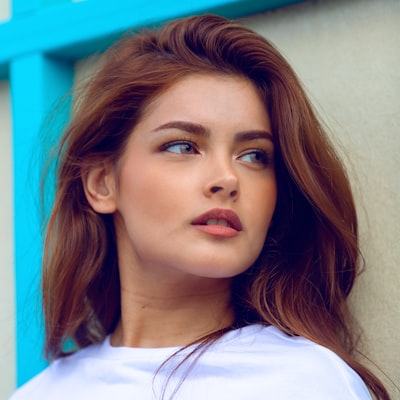What Happens To Bermudagrass In Winter

By now, you�ve certainly observed that your bermudagrass has gone from a lush green to a yellow or straw color. Aside from searching of the odd, this is a completely normal phase of bermuda grass�s life cycle. When bermuda starts to show tan it�s simply going right into a dormant (non-growing) state. The reason it does this is to defend itself from the harsh and cold circumstances that it�s about to endure. Typically, it solely happens in the cooler months, but grass can even go dormant during the summer due to too cold or too heat temperatures. Although that makes it seem delicate, bermudagrass is some of the heartiest sod you presumably can have in your yard.
If you were to spill gasoline on fescue, or tall-type grass, it will harm it to such a degree that it could probably kill it. Now if you spill fuel on bermuda it would doubtless flip light brown for a bit, however finally, it might develop back just as green. The heartiness of bermudagrass is normally a lifesaver in phrases of drier and cooler seasons or lack of sun. In fact, this sod selection could be quite invasive and virtually a nuisance to keep out of your backyard. It�s a lot easier to maintain alive than it is to kill it. Unlike the human body, preserving bermudagrass watered isn�t onerous in any respect.
Once established, thin bermuda grass can take very little water. So little, in fact, that it might flip brown in midsummer, then green proper again up couple days later. It�s additionally great for foot visitors not like its bluegrass counterparts. Even when you do handle to mess up the method in which the grass looks (ie with a slip and slide), inside a few days it will be back to regular. One reason so many owners and homebuilders in the southeast choose this grass is because of how it stands up to the entire components..
